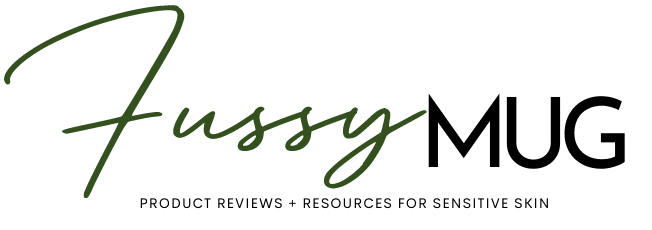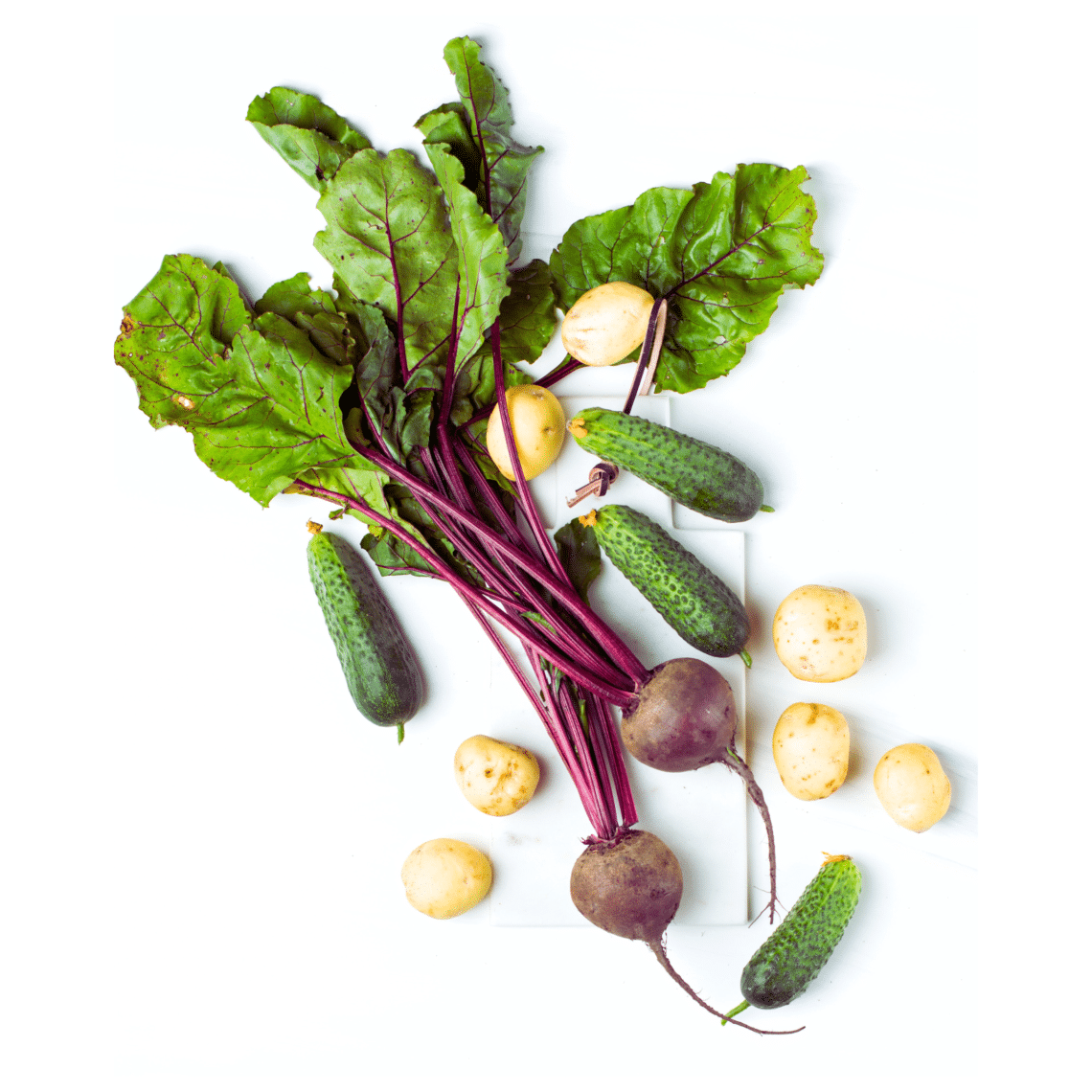Looking for a comprehensive low histamine diet food list?
Well if you’re like me you’ve scoured the internet to try and figure out what you can and cannot eat. But you may be confused as to why several of the low histamine diet food lists out there are inconsistent. Some may include certain foods, whereas others don’t.
For example, some low histamine food lists include foods that are considered moderate in histamine, high in salicylites, or histamine liberators. All of which can impact histamine levels. Whereas other lists are so limited that it makes eating a well-balanced diet difficult. Which is never the goal.
The truth is, the inclusion or exclusion of some of these foods is neither right nor wrong (although some lists are pretty sketchy). However, since everyone’s histamine threshold is different. It’s important to listen to your body and figure out what works for you. Just because foods are deemed low histamine, doesn’t mean it won’t cause a reaction.
For instance, there are several low-histamine food lists out there that include coffee since it’s considered low in histamine. However, I get hives every time I have it. This is because coffee is a histamine liberator due to its caffeine content. It also tends to contain low levels of mold due to how it’s naturally processed. Which is why I don’t include it on this list.
But, if coffee doesn’t cause issues for you. Continue to enjoy it. Histamine tolerance can vary from person to person. It is truly YMMV.
Low Histamine Diet Food List
This list is a combination of guidance provided by SIGHI (Swiss Interest Group Histamine Intolerance), the Royal Price Alfred Hospital, and food allergy expert Dr. Janice Joneja. All three resources have a well-established history in histamine intolerance research. I also think the combination of these three resources takes a more practical approach to a low histamine diet.
It can become extremely overwhelming dealing with HI. You may think that you CAN’T EAT ANYTHING. I know the feeling well. But think of a low histamine diet food list as a tool that should be utilized like a comma, not a period.
Because histamine intolerance can be tricky, the key is to learn what works for you and what doesn’t. Once you understand what works, you can then build your own list of “safe” foods to consume.
My suggestion is to do what you feel is best for your body and your budget.
If you’re interested in learning more about histamine intolerance read more about it here.
If you would like a printable low histamine food list pdf click here.
Vegetables
- Artichokes
- Arugula
- Asparagus
- Basil
- Bean Sprouts
- Beets
- Bell Peppers
- Bok Choy
- Broccoli
- Broccolini
- Brussels Sprouts
- Cabbage
- Carrots
- Cauliflower
- Celeriac + Celery Root
- Celery
- Chives
- Cilantro
- Collards
- Cucumber
- Daikon Radishes
- Dandelion Greens
- Dill
- Escarole
- Fennel
- Garlic
- Ginger
- Green Onions
- Jicama
- Kale
- Kohlrabi
- Leafy Greens
- Leeks
- Lettuce
- Mustard Greens
- Okra
- Onions
- Parsley
- Parsnips
- Potatoes (Sweet + White)
- Radishes
- Rhubarb
- Rutabaga
- Scallions
- Shallots
- Squash (Butternut , Spagehtti, Summer, Winter, Yellow)
- Turnip
- Watercress
- Zucchini
Fruits
- Apple
- Apricot
- Blackberry
- Blueberry
- Cantaloupe
- Cherries
- Cranberry
- Currant
- Dragon Fruit
- Figs
- Grapes
- Guava
- Honeydew
- Kiwi
- Mango
- Nectarine
- Passion Fruit
- Peach
- Pear
- Persimmons
- Plantain
- Pomegranate
- Raspberries (in moderation)
- Watermelon
Legumes
The beans listed below are dry, bagged, or bulk beans. Canned beans are high in histamine and should be avoided unless tolerated.
- Black Beans
- Black-Eyed Peas
- Cannellini Beans
- Fava Beans
- French Green Bean
- Great Northern Beans
- Kidney Beans
- Lima Beans
- Long Beans
- Navy Beans
- Pinto Beans
- Purple String Beans
Meat, Poultry, Fish + Eggs
Most nutritionists and naturopaths that specialize in histamine intolerance suggest that all meat should be freshly prepared and consumed right away. Aged meats and leftover cooked meat should be avoided as its high in histamines.
- Beef
- Bison
- Chicken
- Duck
- Eggs
- Lamb
- Liver
- Pork
- Quail
- Rabbit
- Salmon (freshly caught)
Dairy, Cheese + Nut Milks
With histamine intolerance, dairy can be hit or miss. For example, I can tolerate cheddar cheese, but for some, it can cause major issues. The rule of thumb for cheese is usually, hard cheeses are high in histamine and soft, non-aged cheeses are lower in histamine. If you’re not sure where to start, my suggestion is to start with a small amount of soft cheese and see how you react. The most important thing to remember is, just because a food is considered low in histamine, doesn’t mean you won’t have a reaction. Incorporate one thing at a time and see how things go. The more diversified your diet is, the better.
- Almond Milk
- Butter
- Cottage Cheese
- Cow’s Milk
- Cream
- Cream Cheese
- Ghee
- Goat Milk
- Hemp Milk
- Macadamia Nut Milk
- Marscapone Cheese
- Mozzarella Cheese
- Oat Milk
- Ricotta Cheese
- Sheep Milk
- Sheep’s Milk Cheese
Nuts + Seeds
Nuts and seeds and their byproducts (flour, milk, butter, etc.) are very much a YMMV situation. Although not high in histamine, many nuts contain, compounds such as salicylates, lectins, oxalates and phytic acid. All of which can aggravate histamine intolerance symptoms, causing further inflammation. Soaking your nuts and seeds overnight is a great way to reduce the amount of plant toxins in them.
- Almonds
- Brazil Nuts
- Chestnuts
- Chia Seeds
- Flax Seeds
- Hazelnuts
- Hemp Seeds
- Macadamias
- Pecans
- Pine Nuts
- Pistachios
- Poppy Seeds
- Pumpkin Seeds
- Sesame Seeds
- Sunflower Seeds
Butter + Oils
Nut oils should be used as tolerated. If you have a nut allergy, you should most likely stay away from all nut-related food items. However, some people can be exclusively allergic to the protein in a nut but not have a reaction to the oil from the nut. This can be a result of how the oil is extracted from the nut/seed oil. Refined oils typically don’t contain nut/seed proteins whereas unrefined oils do.
If you choose to try adding one of these oils to your diet, start very, very small. I typically put a few drops on iceberg lettuce. It’s neutral and on my list of food items that I have zero reaction to. You can also test a very small amount sublingually. That way it’s clear that you’re having a reaction to the oil and not anything else.
Also, consider the amount of oil you are using. Some people can tolerate small amounts of oil with no issues. However, if they have more than a certain amount, they have a skin or gastrointestinal response.
As always, consult with your doctor as to what the best approach should be for you.
- Almond Oil
- Butter
- Chia Oil
- Flax Oil
- Ghee
- Hemp Oil
- Hazelnut Oil
- Macadamia Oil
- Pumpkin Oil
- Olive Oil
- Rice Bran Oil
- Sesame Oil
Spices + Herbs
- Basil
- Bay Leaves
- Cardamom
- Caraway
- Chives
- Cilantro
- Coriander
- Cumin
- Curcumin
- Curry Powder
- Dill
- Fennel
- Fenugreek
- Garlic
- Ginger
- Lemongrass
- Mint (Spearmint, Peppermint)
- Mustard (Dried)
- Oregano
- Parsley (Dried)
- Pink Peppercorn
- Peppermint
- Rosemary
- Saffron
- Sage
- Sea Salt
- Shallots
- Tarragon
- Thyme
- Turmeric
Sweeteners
Technically, anything that raises your blood sugar, increases your histamine levels. So, even though sugar, agave, honey, etc are considered low histamine, they have the potential to cause a reaction. Experiment with what works for you. Use sparingly or as tolerated.
- Agave
- Honey
- Maple Syrup
- Molasses
- Monk Fruit (No Additives)
- Stevia (No Additives)
- Sugar
Beverages
Full disclosure. This is the category I struggle with the most. I love drinks! All kinds of drinks. Some of my favorites are iced coffees and matcha lattes. And as you can see, coffee and matcha are not listed below. Both can trigger a significant histamine response. As I mentioned above, sipping on either of these delicious beverages gives me hives. However, having an iced coffee or a matcha every now and then makes me happy. So I take an antihistamine, sip away and deal with the consequences! I do not recommend this approach. As always, do what works for you.
- Goat Milk
- Herbal Tea (except for Yerba Mate)
- Juice (freshly squeezed from low histamine fruits)
- Sheep Milk
- Stevia Sweetened Sodas
- Water (carbonated and flat)


No Comments